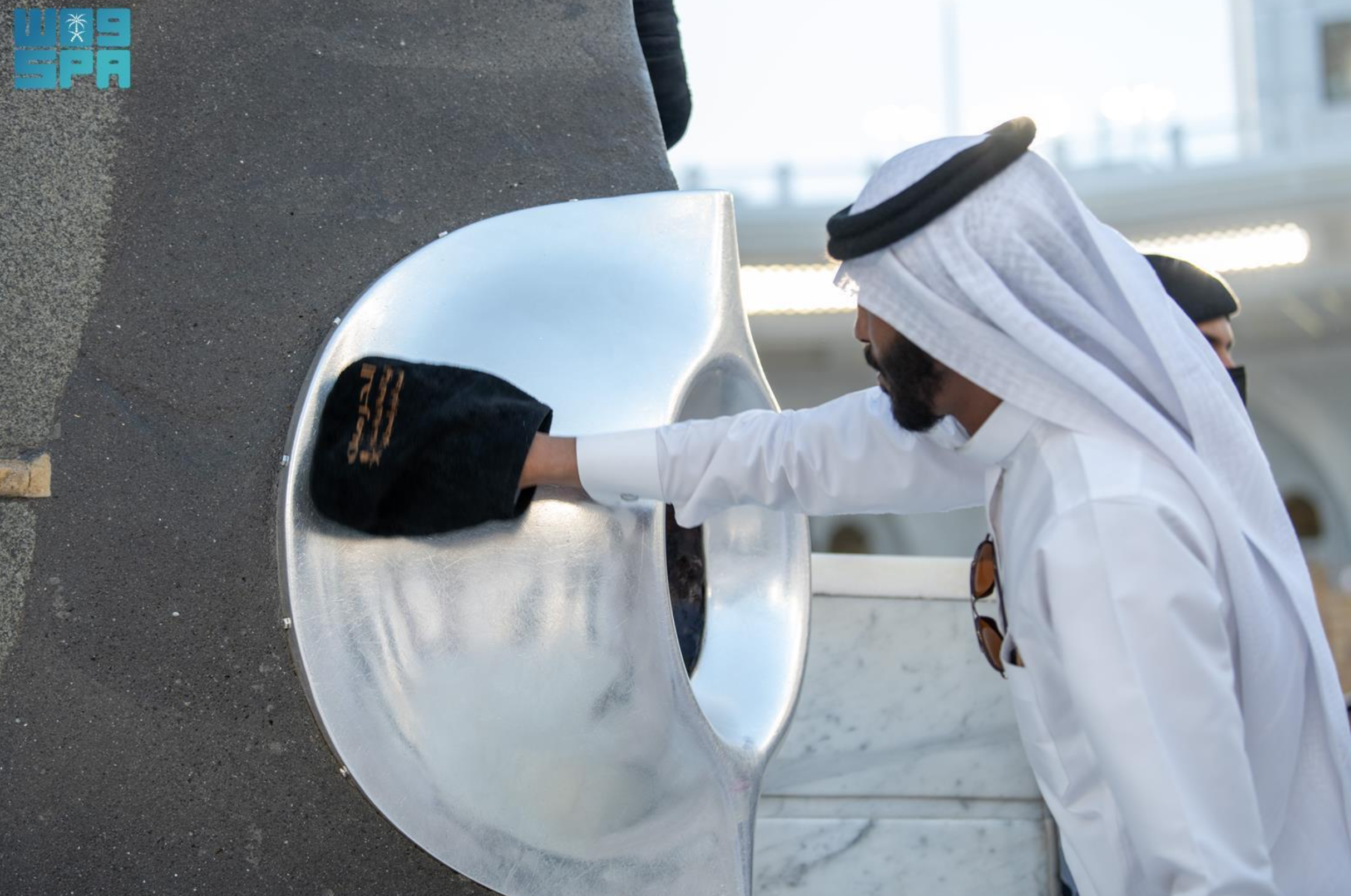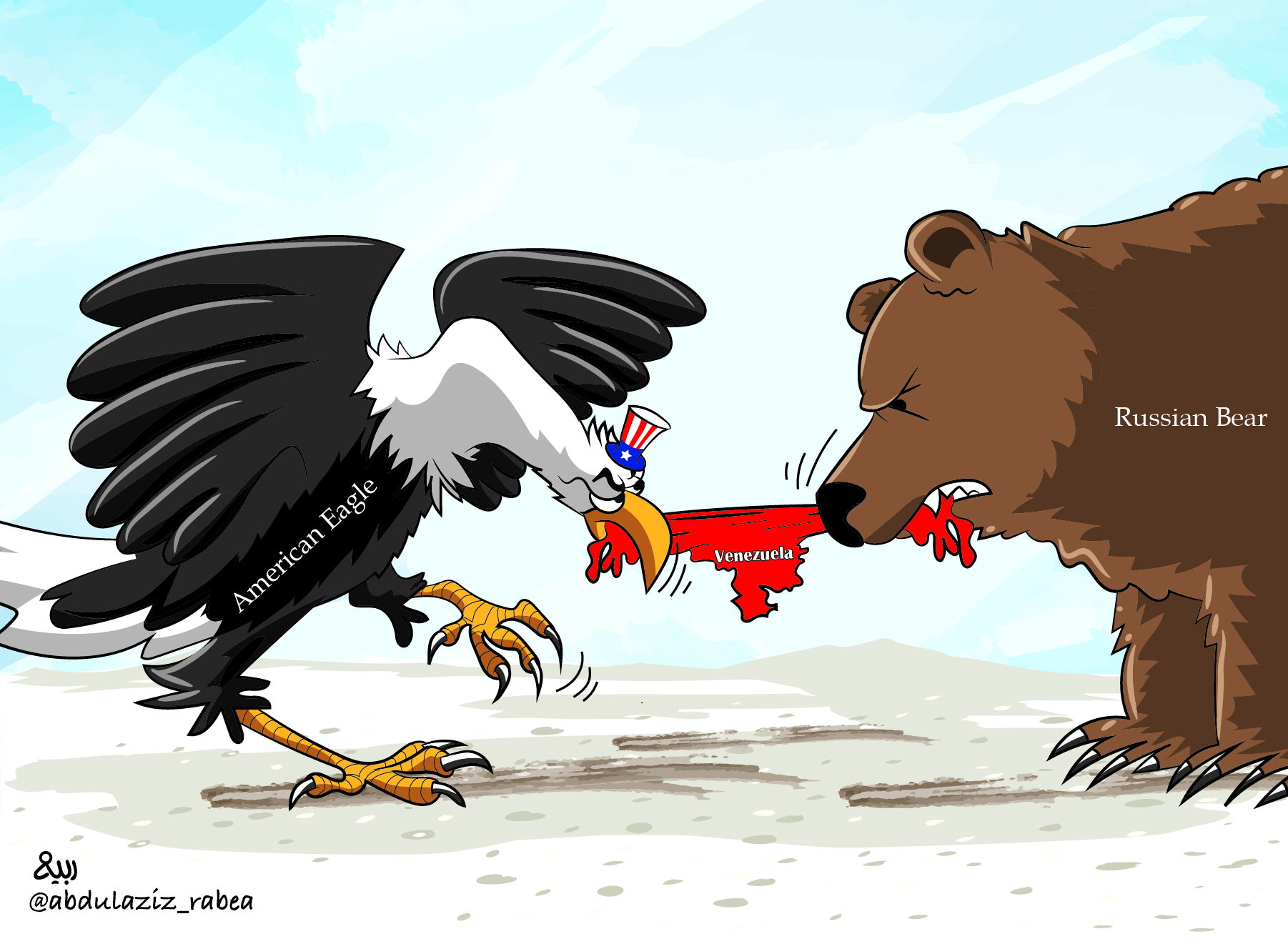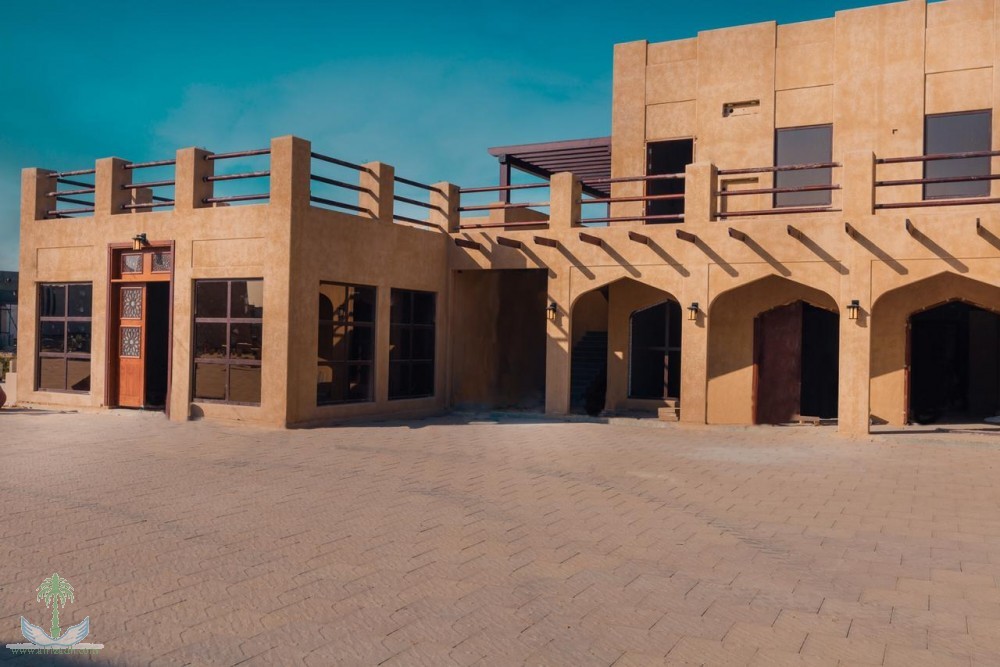
Quality Initiatives, Projects Executed by Two Holy Mosques General Authority during 1446 AH Hajj Season
The General Authority for the Care of the Grand Mosque and the Prophet’s Mosque implemented several quality initiatives and projects during this year’s Hajj season. These efforts focused on enhancing operational and maintenance efficiency within asset and facility management by applying effective methodologies to ensure maximum readiness. The objective was to elevate the pilgrims’ experience and achieve high performance indicators through coordination with relevant authorities, supporting smooth and sustainable services for pilgrims.
Among the initiatives was the trial phase of the Smart Engineering Command and Control Center, designed to improve service quality and support efficient decision-making. The authority also operated 12 smart screens to display optimal times for Tawaf and Sa’i based on real-time data and performance indicators. The Zamzam water system was enhanced, distributing more than 293,000 bottles and consuming over 12,000 cubic meters of water. Specialized Zamzam carts were deployed in the Mataf area, alongside new drinking stations in all floors of the Second Saudi Expansion.
A sophisticated system was used to monitor crowd density, enabling better planning and management. The Guest Care Center was activated to centralize services in one location, assisting pilgrims in completing their rituals safely. In partnership with the National Center for Waste Management, the authority contributed to the "Sustainable Ihram" initiative by recycling Ihram fabric into usable products.
To support mobility, the authority provided 400 electric carts, 8,000 manual carts, and 12 carts offering free-of-charge services, benefiting more than 70,000 pilgrims. Four luggage storage centers and seven collection points at the Grand Mosque’s main entrances served over 60,000 pilgrims. In collaboration with the Red Crescent, 16 ambulances were also deployed to enhance emergency medical readiness.
Environmental hygiene was prioritized through the sterilization of carpets, intensified cleaning of corridors, restrooms, and prayer areas, and increased use of scent diffusers. Central air-conditioning was maintained via 883 cooling units, supported by 3,139 ventilation fans and 244 mist fans throughout outdoor courtyards and paths.
To ensure effective delivery of the call to prayer and sermons, 8,000 speakers were distributed across the Grand Mosque, boosting emergency communication. Multi-task field teams facilitated pilgrim movement and responded to emergencies. The Arafah sermon was translated into 35 global languages and broadcast through Quran Channel and digital platforms, including YouTube.
The Presidency ensured site readiness by maintaining electromechanical systems and energy sources and operating 120,309 lighting units, 22 elevators, and 224 escalators. It also enhanced rapid response and emergency readiness systems to increase safety levels.
To enrich the cultural and spiritual experience of pilgrims, the authority organized exhibitions that presented the historical and service-related dimensions of the Two Holy Mosques. It facilitated visits to the King Abdulaziz Complex for Kiswa Manufacturing and the libraries of the Grand Mosque and the Prophet’s Mosque, welcoming over 59,000 visitors. An electronic portal was launched to streamline reservations for exhibitions, libraries, and the Kiswa display.
The authority also distributed prayer guides, activated in-mosque libraries, provided Holy Quran copies translated into multiple languages, and supported organized volunteerism at the holy sites.
Continuing its operational efforts at the Prophet’s Mosque, the General Presidency remains committed to delivering integrated services to visitors and worshippers at the highest levels of quality and efficiency. These initiatives reflect the leadership’s directive to mobilize all human, technical, and service resources in fulfilling the Kingdom’s mission to serve the guests of the Two Holy Mosques with excellence.








